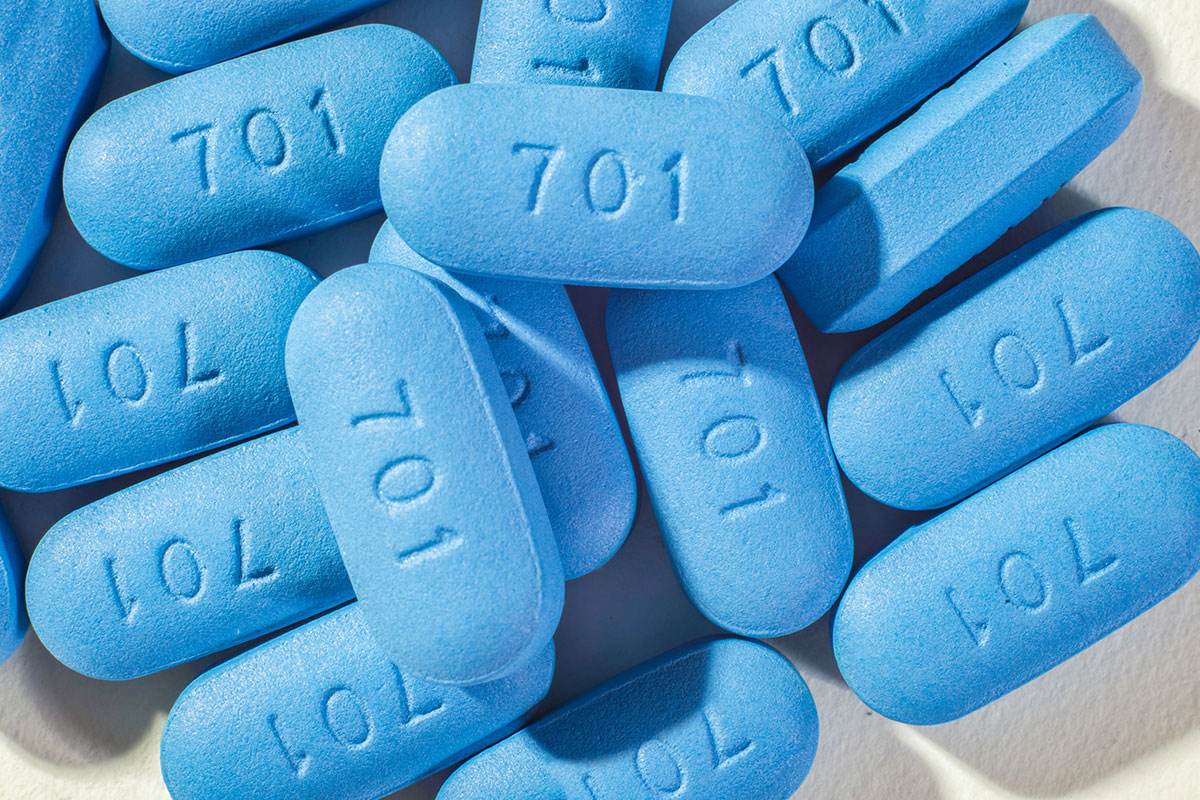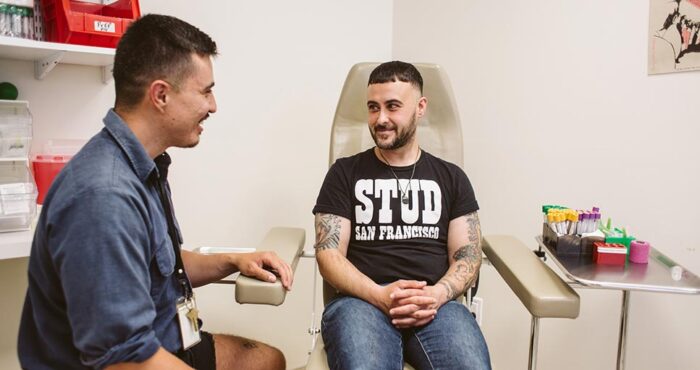New research at CROI 2016: How PrEP changes kidney function

 Now that more people are taking PrEP, studies are beginning to document the impact that Truvada PrEP can have on kidney function in HIV-negative people.
Now that more people are taking PrEP, studies are beginning to document the impact that Truvada PrEP can have on kidney function in HIV-negative people.
PrEP clinical trials did not find significant negative effects on kidney function, but these studies largely excluded people with any pre-existing kidney impairment. Also, sometimes uncommon side effects only show up after many more people are using a drug. At this year’s Conference on Retroviruses and Opportunistic Infections (CROI), a few studies revealed that PrEP can impair kidney function in some people—supporting regular kidney function monitoring for people who may be at risk.
Kidneys filter our blood and then reabsorb useful components such as amino acids, sugars, and minerals. Drugs like tenofovir, which are excreted by the kidneys, can build up and damage the delicate kidney tubules. Minor declines in filtration and reabsorption capacity are often subclinical, or without symptoms, but more serious tubule damage (tubulopathy) can lead to disruption of the body’s pH balance and bone loss.
Monica Gandhi, MD, presented results from a study showing that kidney function changed among participants in an open-label continuation of the iPrEx trial—and that older people and people with greater exposure to PrEP were more likely to have kidney function declines.
The study team measured cumulative drug exposure by analyzing the levels of tenofovir and emtricitabine in hair samples. They assessed kidney function with a serum creatinine test and by estimating how quickly the kidneys were working to filter the blood (eGFR).
Measures of eGFR greater than 90 mL/min are normal, 60 mL/min indicates moderate impairment, and less than 30 mL/min indicates severe impairment.
Overall, creatinine clearance decreased slightly after starting Truvada, by an average of 2.5% over 18 months. There was a consistent relationship between eGFR decline and increasing levels of tenofovir or emtricitabine in hair samples: eGFR fell by 5.6% among people with the highest quartile of hair drug levels (indicating daily dosing).
Older people were more likely to experience a clinically significant decrease (i.e., have their eGFR fall below 70 mL/min). About a quarter of people over age 50 with high drug levels fell below this threshold, but among participants under age 40 the proportion never rose above 5% even with daily dosing. People with slightly low eGFR at baseline (less than 90 mL/min) were also more likely to fall below the threshold.

Albert Liu, MD, from the San Francisco Department of Public Health presented a similar analysis of kidney function among participants in the PrEP Demo Project, which enrolled more than 500 gay and bisexual men and transgender women. All participants received once-daily Truvada PrEP on an open-label basis for a year.
In this study, the metabolized form of tenofovir was measured in dried blood spots from a subset of participants; 82% had drug levels suggesting they took at least four Truvada doses a week.
Overall, eGFR decreased by an average of 2.8% from baseline to week 12—similar to the decline in the iPrEx analysis—and then remained stable through the end of the study. Just 11 people (2.4%) saw their creatinine clearance fall by 10% or more.
Again, larger declines in eGFR were associated with higher tenofovir levels, older age, and lower eGFR at baseline. About a third of people older than 45 who started with an eGFR less than 90 mL/min fell below 70 mL/min after starting Truvada. But among people who started with 90 mL/min or higher, less than 5% fell below the threshold regardless of age.
Finally, Kenneth Mugwanya from the University of Washington in Seattle presented findings on more serious kidney damage in over 1,500 participants in the Partners PrEP trial, which compared Truvada, tenofovir alone, and placebo for HIV-negative partners in serodiscordant heterosexual couples in Africa.
Proximal tubulopathy was rarely seen: 1.7% (13 people) in the Truvada arm and 1.3% (10 people) in the placebo arm, which was not a significant difference. The study also showed that people who experienced a steep decline in eGFR were not necessarily more likely to develop tubulopathy.
Implications
Taken together, these studies show that Truvada PrEP is safe for most people, but impaired kidney function—usually mild or moderate—may occur in a small proportion of people on PrEP, especially if they have other risk factors.
These findings support the CDC’s Truvada PrEP guidelines, which recommend that creatinine clearance should be monitored at least every six months, with more frequent monitoring and additional tests for people with other kidney safety risk factors.
“Providers may want to consider additional monitoring for people who have lower kidney function before starting PrEP, particularly in older individuals,” Liu told BETA.
Gandhi suggested that maybe less frequent monitoring could be considered for people under age 40 with good baseline creatinine clearance.
Sources
Gandhi, M. and others. Higher Cumulative TFV/FTC Levels in PrEP Associated with Decline in Renal Function. CROI 2016. Abstract 866.
Liu, A.Y. and others. Changes in Renal Function Associated with TDF/FTC PrEP Use in the US Demo Project. CROI 2016. Abstract 867.
Mugwanya, K.K. and others. Rare Incidence of Proximal Tubular Dysfunction with Tenofovir-Based Chemoprophylaxis. CROI 2016. Abstract 868.
Liz Highleyman is a freelance medical writer and editor-in-chief of HIVandHepatitis.com










